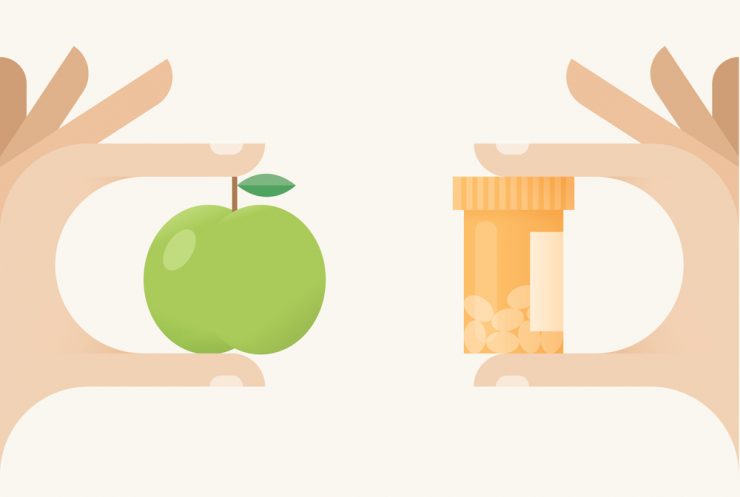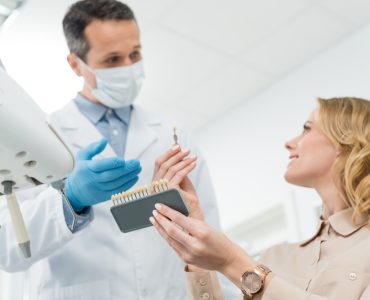Bottom lift surgery is a very selective surgery. Unlike liposuction or gastric banding, bottom lifts set out to do as one might venture to guess by reading the name: lift one’s bottom, and only the bottom. The surgeon makes an incision on the top of the buttock (and sometimes along the side as well, depending on how big of a “job” it is) while the patient is under general anaesthesia. In some cases, an epidural can be used as well. Crescent shaped cuts of skin and adipose (fat) are removed and the skin is then pulled tight and stitched together. Sometimes this procedure is accompanied by liposuction to achieve the desired effect. After the surgery, tubes may be placed in the stitched incisions to aid in healing and the draining of excess fluids.
After surgery, the buttocks may be bruised and/or swollen for anywhere between a few days to a few weeks, and a compression garment must be worn. Drains (if used) will be removed up to two days after the procedure, and if the stitches used were not dissolvable stitches, they need to be removed after about 12 days. Movement will be highly restricted, and sitting or other contact with the rear will be painful for the first few days. Sometimes, a lumpiness of the buttocks can occur, especially if the procedure was done alongside liposuction, but it generally clears up in about six months.
In addition to general anaesthesia problems and infection, problems with wound healing, such as necrosis, can occur. Necrosis is a condition where the blood supply is affected and the skin dies. Fluid can also build up under the skin (seroma) and may require further surgery to remove, as well as haematoma (blood clot under the skin). And as with the other surgeries, numbness can be temporary or permanent. More common are general healing problems, which can result in the development of red, unsightly/lumpy scars, or in some cases the skin at the suture site may separate. Sometimes, one may be left with an asymmetrical bottom.











